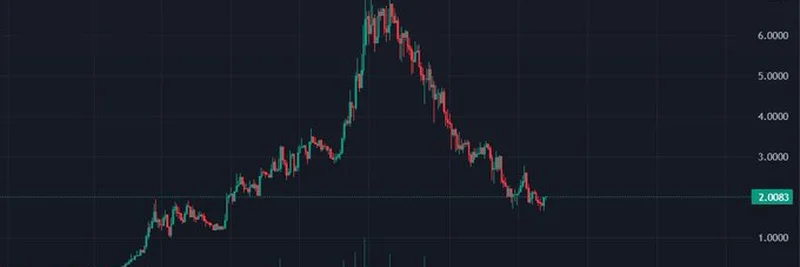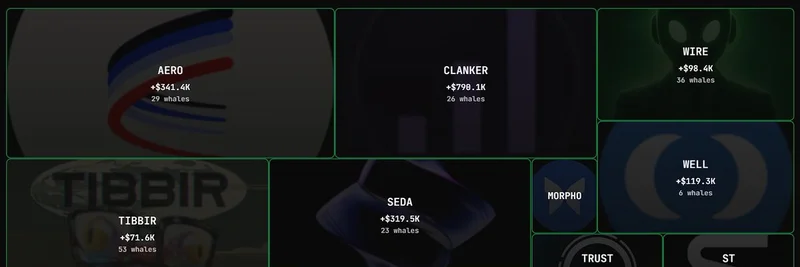If you’re diving into the wild world of meme coins and crypto projects, you’ve probably come across Graphite Protocol (GP), a token on the Solana ecosystem that’s been making waves. But a recent thread on X by StarPlatinumSOL has raised some serious red flags about this project. As someone who’s spent years covering the crypto space (and now at Meme Insider), I’m here to break it down for you in simple terms—because understanding these risks is key to navigating the blockchain world.
The Shocking Concentration of Power
The first thing that jumps out is how much control a few wallets have over GP. The top 20 wallets hold a whopping 27.25% of the total supply. The biggest players include:
- A wallet with 13.16 million GP (8.78%)
- Another with 11.77 million GP (7.85%)
- And a third with 4.83 million GP (3.22%)
That’s a lot of power in the hands of a few! On top of that, only 21% of the supply is actually circulating, while 79% is locked up. This includes a massive 18.7% tied to team vesting—meaning insiders could cash out big time—and 5% for private investors that can reportedly be redirected to the team. When so much is controlled by a select group, it’s hard to call this a “fair game,” as one user pointed out in the thread.
The Buy-Back System: A Gift to Insiders?
Graphite Protocol’s buy-back system is another point of concern. Funded by 7.6% of fees (about $103,000 a day, or $37.7 million a year), the team decides when and how to buy back tokens. They’ve already spent 4,366 SOL (around $880,000) on this. With all the inside info at their fingertips, this setup looks like it could benefit insiders more than regular investors. It’s a bit like letting the casino dealer decide who wins—hardly a level playing field!
Shady Moves and Suspicious Patterns
The thread digs into some eyebrow-raising activity. For instance:
- On July 8, 2025, a wallet that deployed GP funded another to launch $EIDO, a project never disclosed to the public.
- Large BONK wallets (holding 21% of supply) allegedly dump tokens on exchanges, tanking GP and $USELESS, then buy back low to pump new projects.
- Whales have been spotted dumping huge sums—$900,000 and $270,000 in single-day losses—only to repeat the cycle.
Trading patterns also scream manipulation. We’re talking $6 million to $11 million in daily volume, single trades up to $171,848 on Meteora DEX, and spikes around the Poloniex listing on July 25. The top 100 wallets hold 57% of the supply, and they’ve even increased their share by 0.9% in a day while exchange reserves dropped 22%. That’s a lot of movement for a supposedly decentralized project!
Team’s Own Admission of Confusion
Even the Graphite Protocol team seems unsure about their own project. They’ve admitted to “confusion” over tokenomics and had their website rejected for lacking clarity. When the people running the show can’t explain it, how are investors supposed to trust it?
Why This Matters to You
If you’re thinking of jumping into GP, this thread is a wake-up call. With insiders holding the reins, manipulated trading volumes, and a buy-back system that favors the house, you might be walking into a rigged game. The price chart (shown above) tells the story: a sharp rise followed by a steep drop, hinting at pump-and-dump tactics.
At Meme Insider, we’re all about empowering blockchain enthusiasts with knowledge. This isn’t just about GP—it’s a reminder to dig into token distribution, team control, and trading patterns before investing in any crypto project. Stay cautious, do your research, and maybe steer clear of tables where the rules are written by the insiders.
What do you think? Have you encountered similar red flags in other projects? Drop your thoughts in the comments—we’d love to hear from you!



